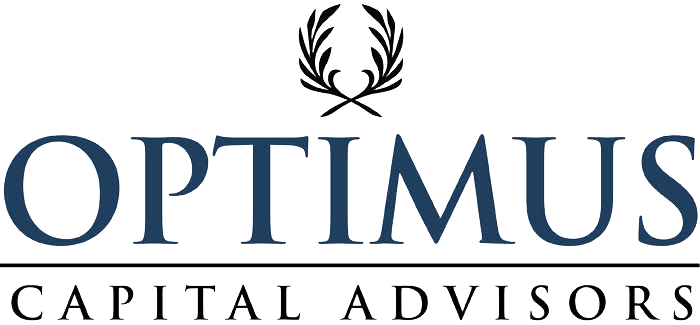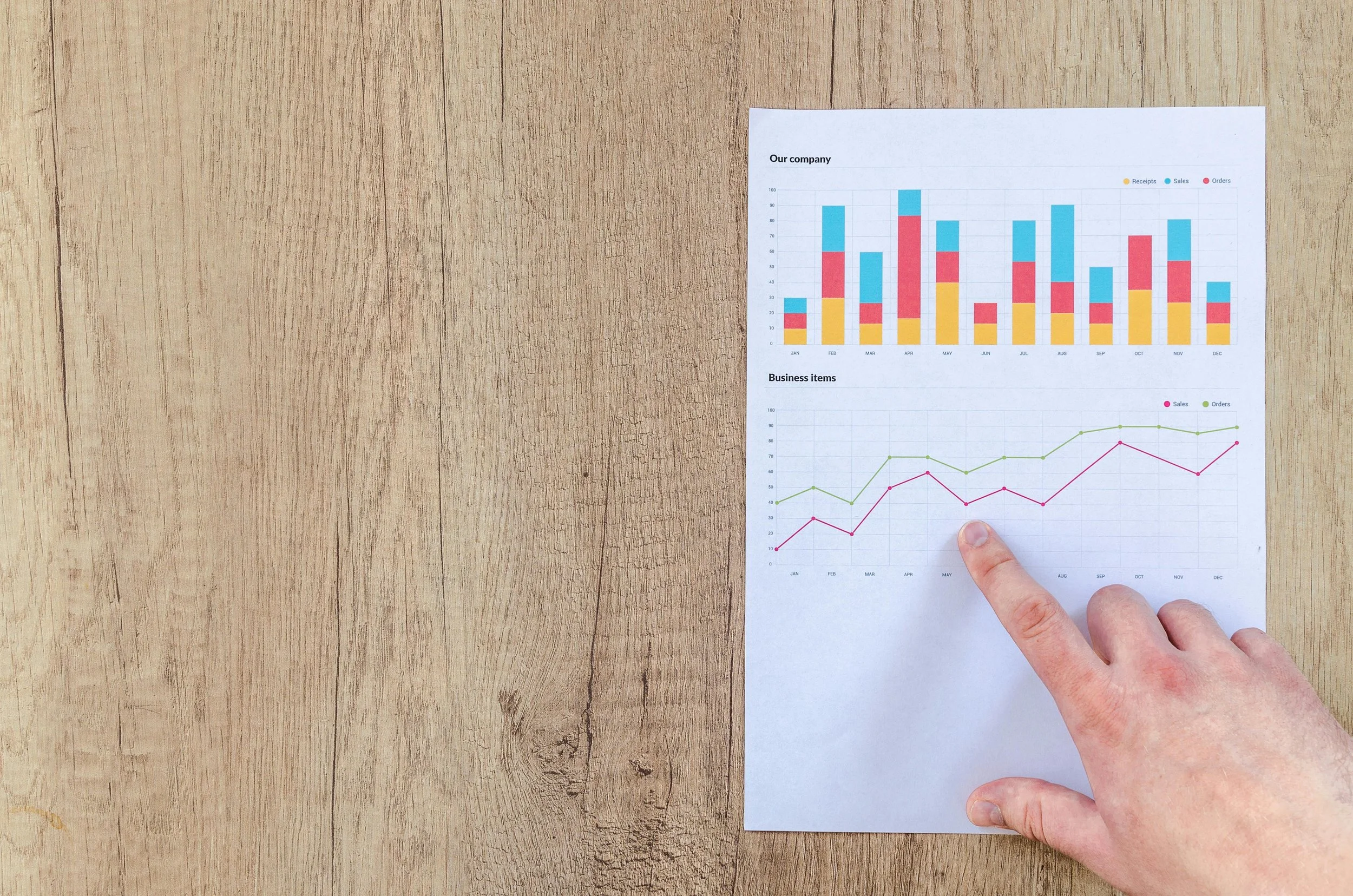2025 Second Quarter Investment Report
Following an awful first quarter that saw negative returns across the board, the U.S. investment markets staged a remarkable comeback, banishing (for the moment) worries about the risk of a recession, a slowdown in consumer spending and the uncertainty over trade wars and tariffs. The markets flirted with a bear market and then produced a series of remarkable gains.
A breakdown shows that just about every U.S. investment category experienced double-digit quarterly gains. The Wilshire 5000 Total Market Index—the broadest measure of U.S. stocks—gained 11.11% in the second quarter of the year, and now stands at a positive 5.73% for the year. The comparable Russell 3000 index lost 4.72% last quarter, but has recovered to now post a gain of 5.75% in the first half of the year.
Looking at large cap stocks, the Wilshire U.S. 2500 Large Cap index gained 11.13% in the recent quarter, and is now up 5.87% for the year. The Russell 1000 large-cap index is up 6.12% since the end of December, while the widely-quoted S&P 500 index of large company stocks gained 10.57% in the second quarter, to bring investors back to a 5.50% gain.
The Russell Midcap Index recovered from a 3.40% loss in the first quarter to a 4.84% gain so far this year.
As measured by the Russell 2000 Small-Cap Index, investors in smaller companies are sitting on a 1.79% decline for the year so far, which represents a promising recovery. The technology-heavy Nasdaq Composite Index dropped 10.4% in the first three months of the year but has now recovered to eke out a 0.47% gain for the first half of 2025.
Despite the domestic recovery, foreign markets are still outpacing the U.S. equity scene. The broad-based EAFE index of companies in developed foreign economies gained 10.58%, in dollar terms, in the second quarter of 2025, now delivering a robust 17.37% return for the first half of the year. In aggregate, European stocks are up 20.67% so far this year, while EAFE’s Far East Index gained 11.51%. Emerging market stocks of less developed countries, as represented by the EAFE EM index, gained 11.02% in dollar terms in the recent quarter, posting a 13.70% gain for the first half of 2025.
Real estate securities have experienced slight losses. The Wilshire U.S. REIT index was down 1.24% in the recent quarter, taking its return down to a negative 0.25% for the year. Commodities returns fell; the S&P GSCI index posted a negative 4.39% return in the 2nd quarter, and is sitting on a 1.18% loss for the year. Utility stocks, as measured by the S&P 500 Utilities index, rewarded investors with a 3.49% gain in the second quarter, leading to an 8.05% gain for the year so far.
In the bond markets, we are still experiencing an unusual yield inversion, where yields on Treasuries of 3-month (4.30%) and 6-month (4.23%) duration are higher than they are for 1-year (3.95%) and 5-year (3.78%) Treasuries. 30-year government bonds are holding steady at 4.75%; 10-year maturities are yielding 4.21%. Five-year municipal bonds are yielding 2.72% in aggregate, while 30-year munis are yielding 4.52%.
What changed from one quarter to the next? The difference seems to be largely psychological; the first quarter financial press was dominated by discouraging predictions of tariff-induced inflation, layoffs and a recession. The three-month pause and promise of reciprocal negotiations brought attention back to the economic facts on the ground: that the unemployment rate has remained low (the most recent jobs report showed an increase of 147,000 jobs added in June, vs. expectations of 106,000), and so has the inflation rate (2.4% per the latest report).
Overall, corporate earnings are still strong, but the traditional measure of consumer confidence continues to decline, which might signal a decline in spending that hasn't show up statistically yet. The Conference Board's latest consumer confidence index fell from 98.4 in May to 93.0 in June; more worrisome, the less-publicized Expectations Index, which measures consumers' short-term outlook for income, business and the labor markets, now stands at 69.0. Any number under 80 is considered a recession signal.
Perhaps the biggest change between last quarter and this one has been the change in narrative. While the first quarter was all about the spectre of unprecedented tariffs (and the terrible historical track record of high tariff regimes), the news this quarter has mostly been about the drama surrounding the new tax bill. But as we approach the July 9 deadline for reimposing draconian trade barriers, the narrative could shift back to the uncertainty surrounding what many believe to be a reckless trade policy.
There hasn't been widespread enthusiasm around the world for making deals, and the deadline will surely pass without agreements with many of America's most significant trading partners. Instead, countries around the world are threatening reciprocal tariffs in what could become an escalating tit-for-tat trade war, without any clear end point to the tats until somebody blinks.
There's a sense among investors that the press has cried 'wolf' one too many times, with economists offering quotes to the effect that we are about to experience inflation, a recession, layoffs and worse. When none of that happened, traders went back to their usual enthusiastic quick-twitch trading. But those predictions were based on a high tariff regime, which may or may not kick in July 9 and thereafter, depending on whether more countries come to the negotiating table. Meanwhile, many U.S. companies have taken advantage of the 90-day moratorium to pre-order inventory and speed up their supply chains. The impact of trade policy may not be felt until later in the year, further discrediting the economic predictions.
The honest truth is that we don't know what's going to happen. It would have been logical for investors to flee the investment markets based on the gloomy first quarter returns; who could know that the downturn would be followed by a greater upturn?
Once again, the returns went to those investors who were capable of ignoring the predictions, who simply watched and waited during the choppy market experience. There's an old paraphrase of Winston Churchill's comments about the democratic political system (He said it's the worst except for all the others), which applies to the markets. Buy and hold and understand that we don't know anything about the future is the worst investment approach--except for all the others.

